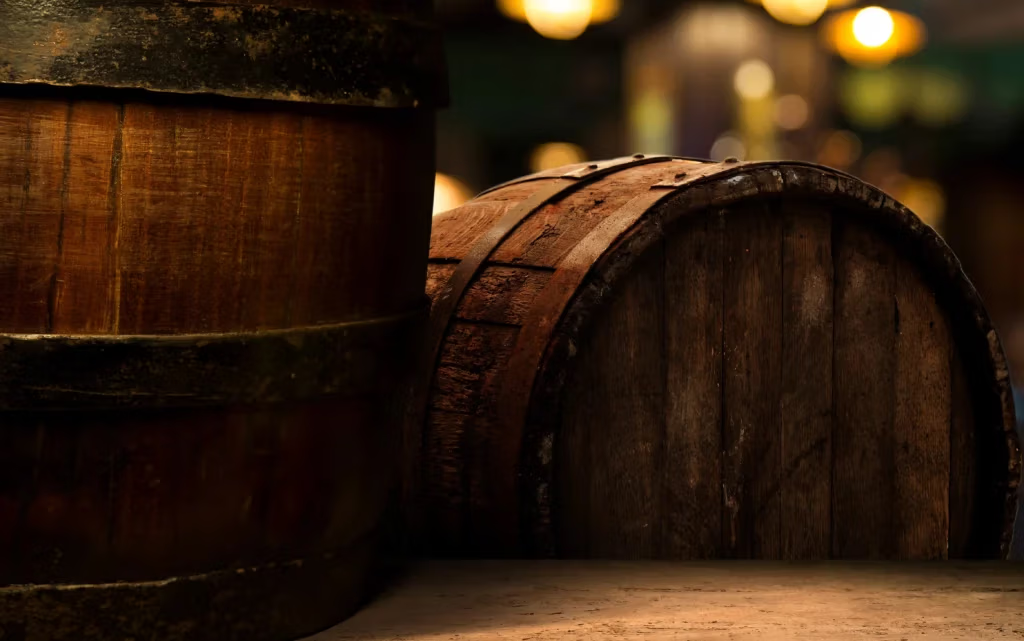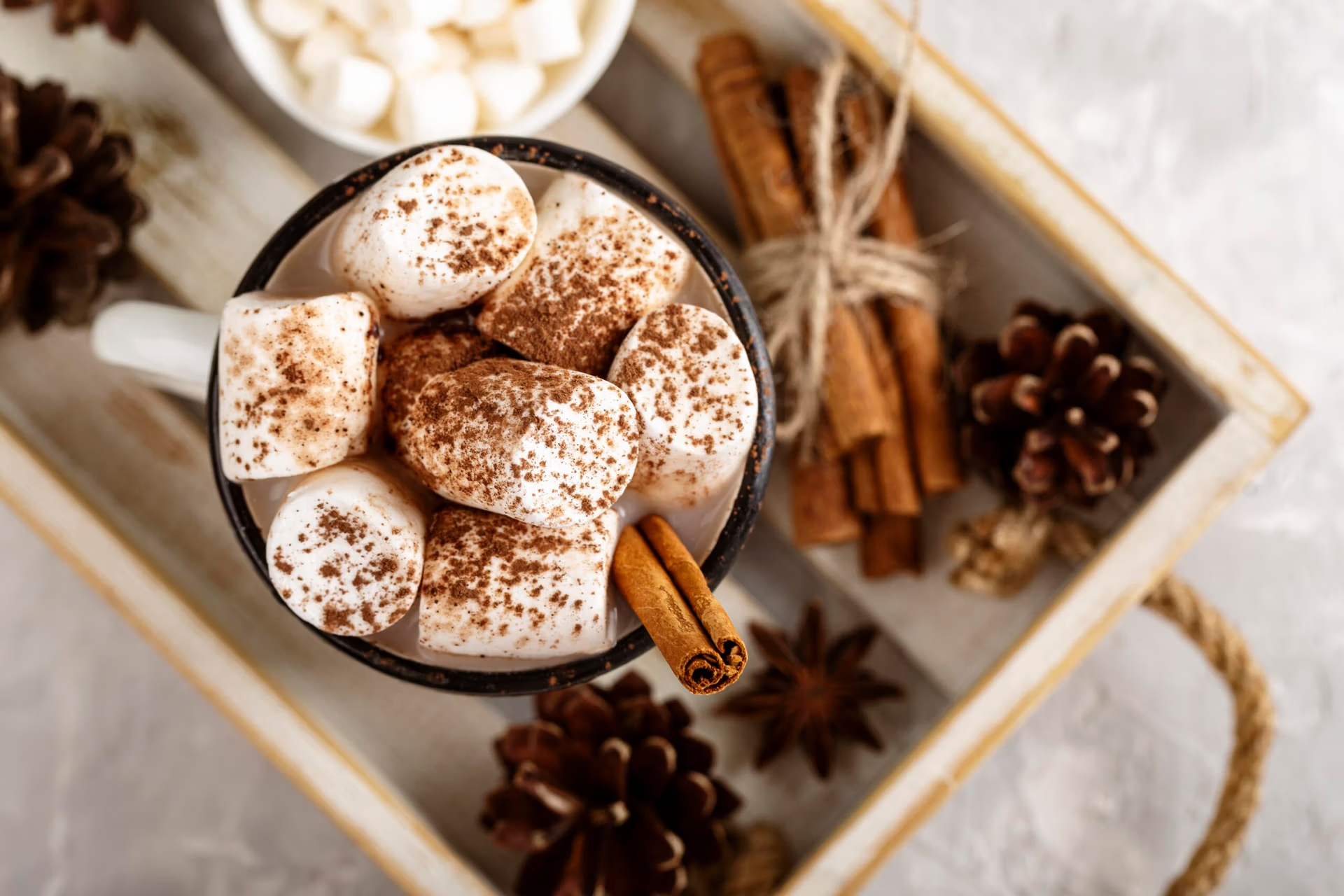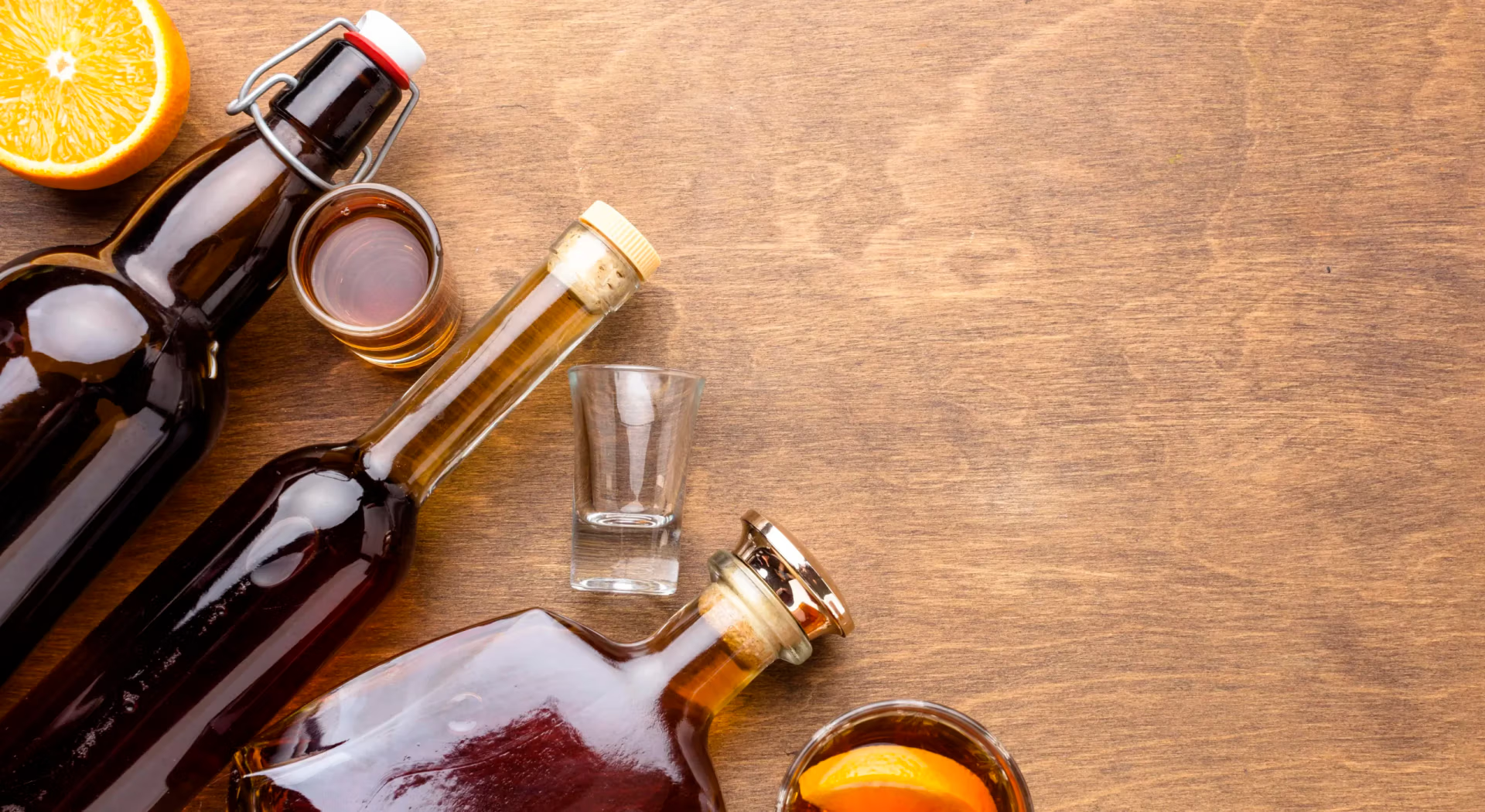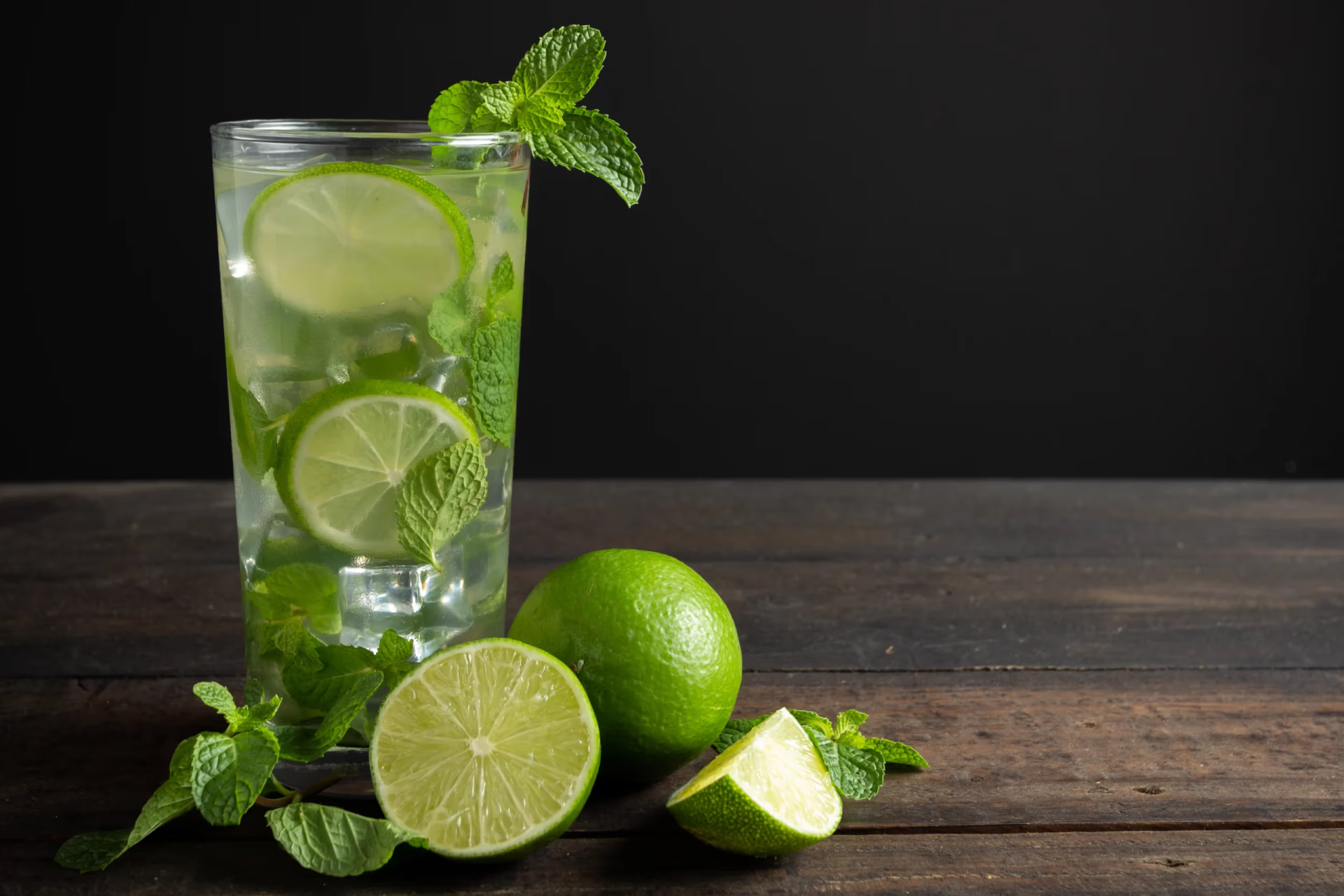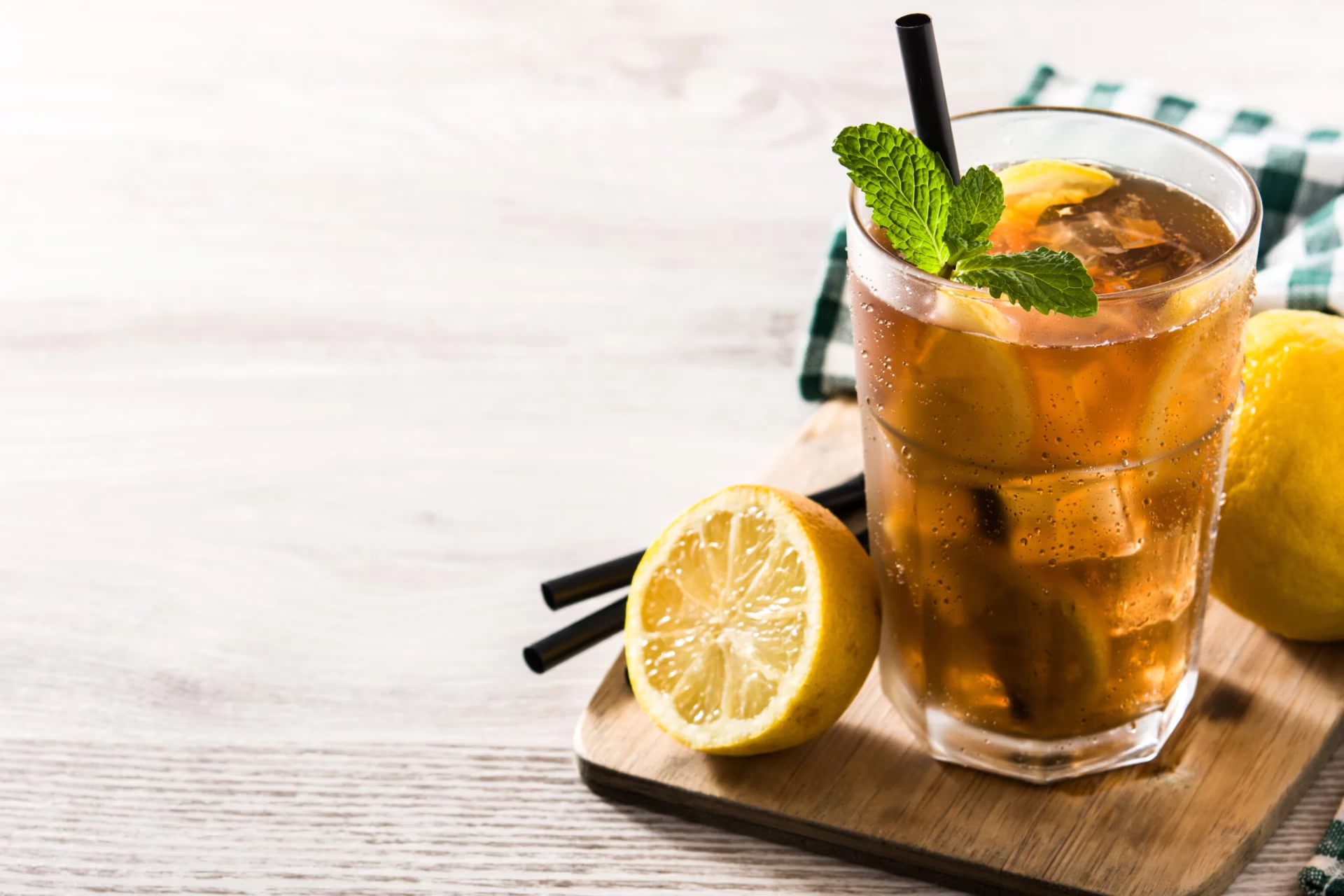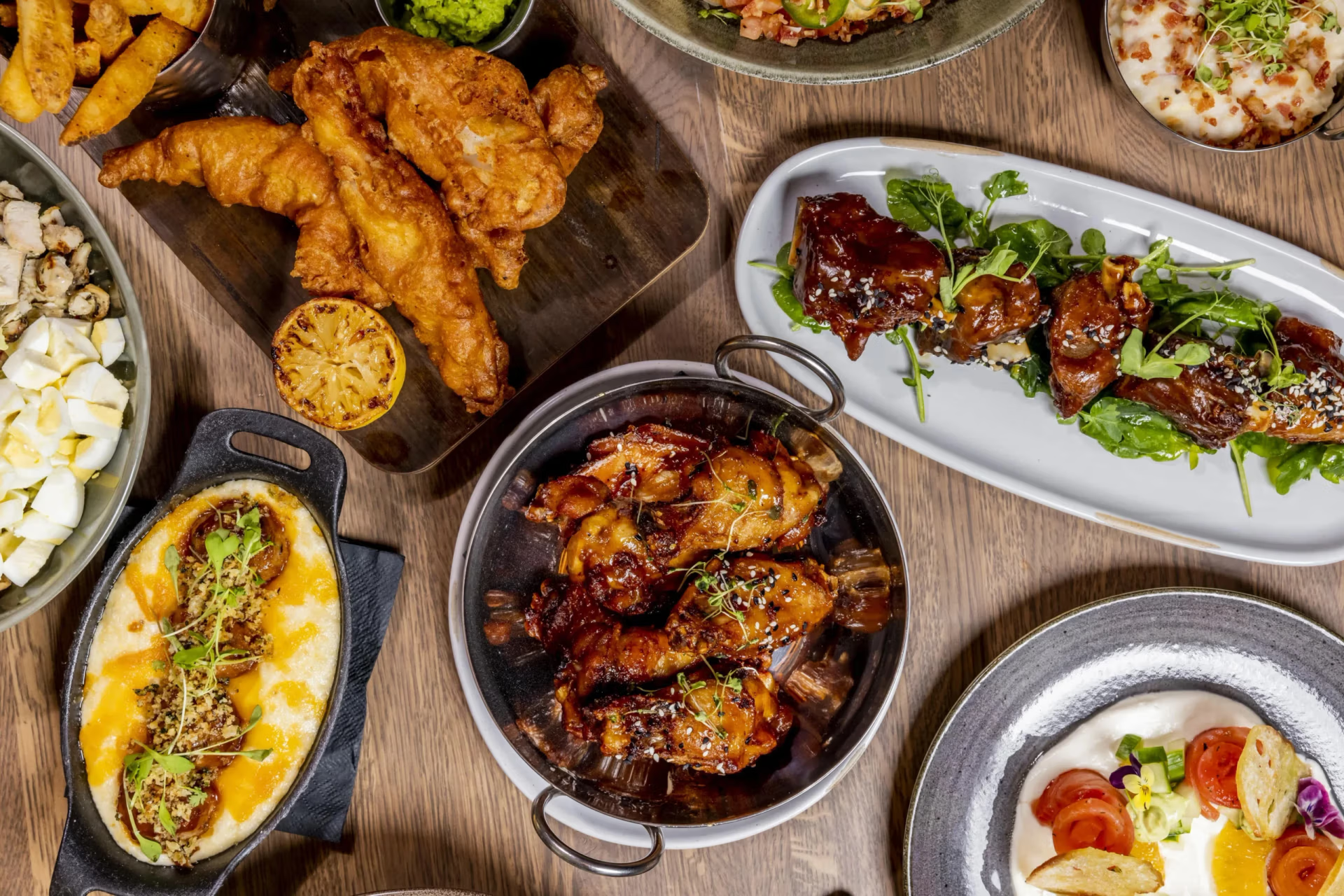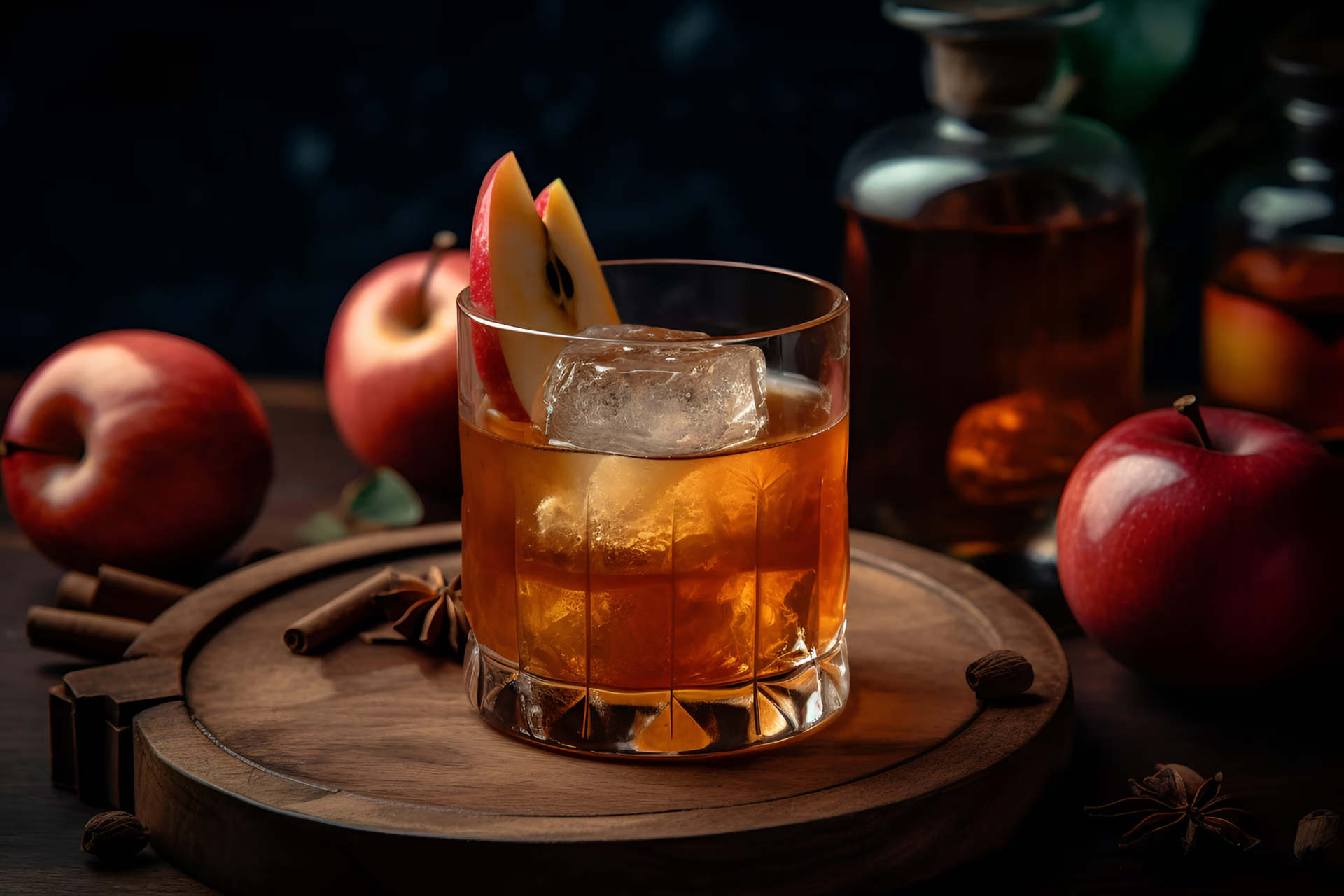When it comes to whiskey, Ireland holds a distinguished place in the hearts of enthusiasts worldwide. Steeped in tradition and crafted with care, Irish whiskey boasts a smoothness and richness that set it apart from other types of whiskey. Whether you’re a seasoned whiskey connoisseur or just starting your journey, this ultimate guide to Irish whiskeys will take you through its history, production process, types, and recommendations on the best bottles to try.
A Brief History of Irish Whiskey
Irish whiskey has a storied past that dates back over a thousand years. It is believed that Irish monks were the first to distill spirits as early as the 12th century, initially creating a form of distilled beer called “uisce beatha,” meaning “water of life.” This term would eventually be anglicized into “whiskey.”
During the 19th century, Irish whiskey enjoyed a golden age, outselling Scotch and American whiskies worldwide. However, the industry faced setbacks in the 20th century due to events like the Irish War of Independence, Prohibition in the United States, and competition from Scotch whisky. By the mid-1900s, the industry had consolidated into just a few distilleries. However, the revival began in the 1980s, and today, Irish whiskey is experiencing a renaissance, with a growing number of distilleries and a global demand that shows no sign of slowing down.
The Production Process
Irish whiskey is celebrated for its smoothness and distinct flavor profile, often lighter and sweeter than Scotch whisky. The production process plays a key role in achieving this unique character. Here’s a breakdown of the steps involved in making Irish whiskey:
1. Malting
The process begins with barley, which is either malted or unmalted (used for producing pot still whiskey). Malted barley is soaked in water to encourage germination, then dried to stop the process. Unlike Scotch whisky, Irish whiskey typically does not use peat to dry the barley, resulting in a cleaner, less smoky flavor.
2. Mashing and Fermentation
The malted barley is ground into grist and mixed with hot water to extract the sugars, creating a wort. Yeast is then added to the wort to start the fermentation process, where the sugars are converted into alcohol.
3. Distillation
Irish whiskey is typically distilled three times, which contributes to its smooth, light finish. This triple distillation occurs in copper pot stills, allowing for a cleaner spirit that retains delicate flavors. Some distilleries, particularly in the production of grain whiskey, use column stills for distillation.
4. Aging
After distillation, the whiskey is aged in wooden casks—usually oak— for a minimum of three years, though many premium brands age their whiskeys for much longer. The aging process mellows the spirit and imparts rich flavors from the wood, such as vanilla, caramel, and spice.
5. Blending
Some Irish whiskeys are blends of different types of whiskey (pot still, malt, and grain) to achieve a balanced flavor. Blended Irish whiskeys are generally more affordable and approachable, but many distilleries also produce single malts and single pot still whiskeys for a more robust flavor experience.
Types of Irish Whiskey
Irish whiskey comes in several varieties, each with its own distinct characteristics. Knowing the difference between these types can enhance your appreciation for the diversity within Irish whiskey.
1. Single Malt Irish Whiskey
Made entirely from malted barley and distilled at a single distillery, single malt Irish whiskey is often seen as the purest expression of a distillery’s craft. It is typically triple-distilled in pot stills and offers a wide range of flavors, from fruity and floral to rich and spicy.
Notable Brands: Bushmills 10 Year Old, The Sexton, Connemara Peated Single Malt
2. Single Pot Still Irish Whiskey
Unique to Ireland, single pot still whiskey is made from a mix of malted and unmalted barley, distilled in a single distillery using a pot still. The inclusion of unmalted barley adds a distinct spiciness and creamy texture to the whiskey. This style is known for its full-bodied richness.
Notable Brands: Redbreast 12 Year Old, Green Spot, Powers John’s Lane Release
3. Grain Irish Whiskey
Grain whiskey is typically made from corn, wheat, or barley and is distilled in a continuous still (column still). This type of whiskey is often lighter and more neutral in flavor than malt or pot still whiskey, making it ideal for use in blended whiskeys.
Notable Brands: Teeling Single Grain, Kilbeggan Single Grain
4. Blended Irish Whiskey
The most common and widely available type of Irish whiskey, blended whiskey is a mix of two or more types of whiskey, typically a combination of grain whiskey with malt or pot still whiskey. Blends offer a smooth and approachable flavor profile, making them popular for everyday drinking and cocktails.
Notable Brands: Jameson, Bushmills Original, Tullamore D.E.W.
Popular Irish Whiskey Brands and Bottles to Try
Now that you’re familiar with the different types of Irish whiskey, let’s dive into some must-try bottles that showcase the best of what Ireland has to offer.
1. Jameson Irish Whiskey
No guide to Irish whiskey would be complete without Jameson, the world’s best-selling Irish whiskey. It’s a blend of pot still and grain whiskey, triple-distilled for smoothness, and aged for a minimum of four years. With its light and approachable flavor, Jameson is a great introduction to Irish whiskey.
Tasting Notes: Smooth and sweet, with flavors of vanilla, green apple, and toasted wood.
2. Redbreast 12 Year Old
This single pot still whiskey is a favorite among whiskey enthusiasts for its complexity and depth of flavor. Aged for 12 years in both bourbon and sherry casks, Redbreast 12 offers a rich and creamy experience with layers of spice and fruit.
Tasting Notes: Notes of dried fruit, toffee, and oak, with a long, spicy finish.
3. Teeling Small Batch
Teeling has quickly gained a reputation as one of the most innovative distilleries in Ireland. Their Small Batch release is a blend of grain and malt whiskeys, aged in ex-rum casks, giving it a distinctive sweetness and tropical flair.
Tasting Notes: Hints of caramel, vanilla, and spice, with a touch of rum sweetness.
4. Bushmills 10 Year Old
Bushmills is one of the oldest distilleries in the world, and their 10 Year Old Single Malt is a fantastic expression of their craft. Aged in both bourbon and sherry casks, it offers a balance of sweet and spicy flavors.
Tasting Notes: Honey, vanilla, chocolate, and a subtle hint of fruit.
5. Green Spot
Green Spot is a beloved single pot still whiskey with a cult following. Made from a blend of whiskeys aged between 7 and 10 years, it offers a perfect harmony of rich, creamy flavors and a spicy finish.
Tasting Notes: Apple, clove, and toasted oak, with a smooth, lingering finish.
How to Enjoy Irish Whiskey
Irish whiskey is versatile and can be enjoyed in many ways. Here are a few popular methods:
- Neat: The traditional way to enjoy whiskey is to sip it neat, allowing you to experience the full range of flavors without dilution.
- On the Rocks: Adding ice can open up the whiskey’s flavors while slightly mellowing the intensity.
- With Water: A few drops of water can help release more aromas and subtle notes in the whiskey.
- In Cocktails: Irish whiskey is the backbone of several classic cocktails, such as the Irish Coffee, Whiskey Sour, and the Tipperary.
Conclusion
Whether you’re new to Irish whiskey or a seasoned aficionado, there’s always something new to discover in the world of Irish spirits. From the smooth and accessible blends to the bold and complex single pot stills, Irish whiskey offers a wide spectrum of flavors to suit any palate. As the global renaissance of Irish whiskey continues, now is the perfect time to explore this historic and dynamic spirit.

